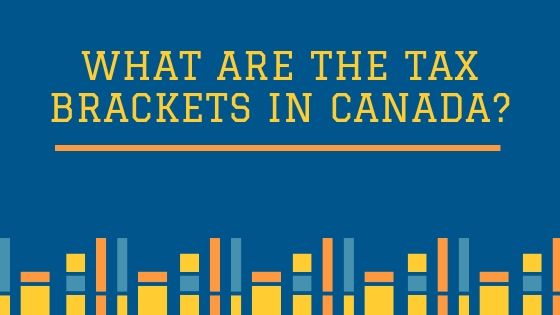
What are the tax brackets in Canada?
To each and every taxpayer, paying taxes within the scheduled time periods is a matter of concern. They also don’t want to pay any extra. Thus, for the citizens of Canada, in this article, we have written a brief overview of the tax brackets in Canada.
According to the observations of each and every tax consultant in Toronto, the Canadian tax structure is highly advanced. Here, low-earning people need to pay lower percentages of taxes than high-income groups. This system has been implemented by taxing the first dollar earned at a lower rate and gradually raising the rate with increased amounts of earnings.
Tax brackets and their benefits
In Canada, each tax rate is termed as a tax bracket. The term “bracket” is used because people of each income group will come under each bracket and will pay taxes following a particular rate.
Each tax bracket of Canada mentions how you can claim various deductions, whether your spouse can claim any credit or benefit and a few other features.
Your income tax bracket will help you to understand that when you should make withdrawals to earn additional benefits like credits from retirement savings accounts.
Below, we have mentioned tax rates or brackets declared by the Canadian Government for the financial year of 2019. All of these rates are applicable to gross income amounts after all deductions. There are separate tax brackets for individual provinces. But, here, we have discussed federal tax brackets only.
Income tax brackets of Canada in the financial year of 2019
In the first bracket, the tax rate of 15% is imposed on the first $47,630 of taxable income.
In the second bracket, the tax rate of 20.5% is imposed on the next $47,629 of taxable income (on the share of taxable income over $47,630 up to $95,259).
In the third bracket, the tax rate of 26% is imposed on the next $52,408 of taxable income (on the share of taxable income over $95,259 up to $147,667).
In the fourth bracket, the tax rate of 29% is imposed on the next $62,704 of taxable income (on the share of taxable income over $147,667 up to $210,371).
In the fifth and final bracket, the tax rate of 33% is imposed on the income over $210,371.
To return federal and provincial income tax, you need to fill up and submit T1 General Tax Form to the Canada Revenue Agency or CRA.
We at The Accounting and Tax are a reputed and friendly Canadian tax consulting service. Our tax experts deliver useful recommendations so that you can save your hard-earned money while paying taxes. We will take precautions for you so that you don’t need to pay any extra and can reap extra credits and benefits. Simply contact us today and remain stress-free for the full financial year!
